+8801715532130
Gulshan-2, Notun, Bazar, Dhaka 1212
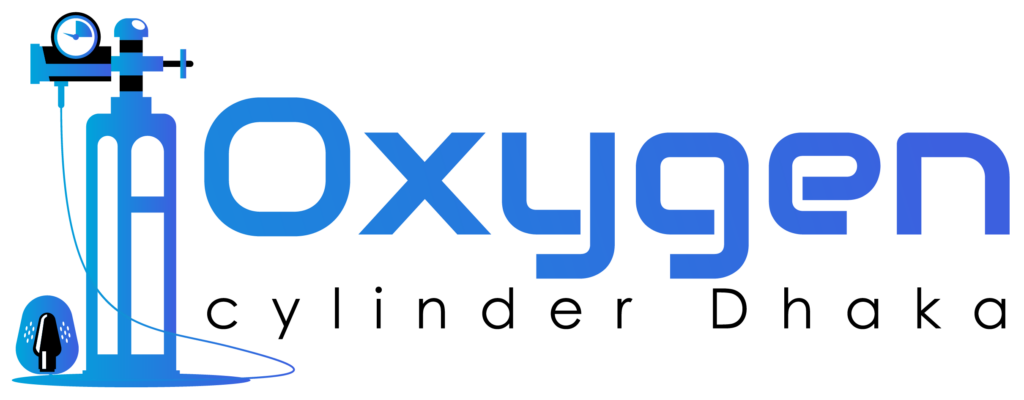
Showing all 6 results
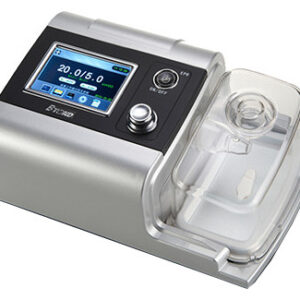
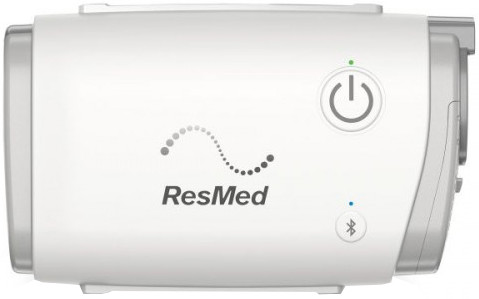
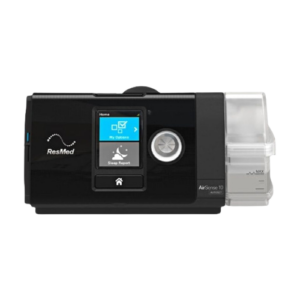
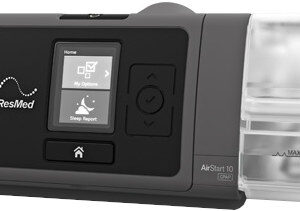
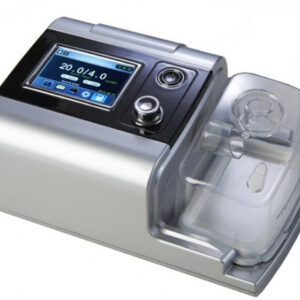
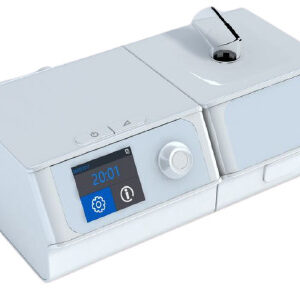
The prices of BiPAP and CPAP machines in Bangladesh can vary depending on several factors, such as the brand, features, and retailer. In general, CPAP machines are less expensive than BiPAP machines.
A basic CPAP machine can price in bangladesh from ৳45,000 to ৳65,000, while a more advanced model with additional features can cost upwards of ৳100,000.
BiPAP machines are generally more expensive than CPAP machines because they are used for more advanced therapy. A basic BiPAP machine in Bangladesh can cost between ৳50,000 and ৳80,000, while more advanced models cost between ৳100,000 and ৳200,000.
| Serial No : | BIPAP and CPAP Machine Price List in Bangladesh | Price (BDT) |
|---|---|---|
| 1 | Beyond By-Dreamy-B19 BiPAP / CPAP Machine for Sleep Apnea Price in Bangladesh | 65,000/- (BDT) |
| 2 | ResMed AirMini Travel Auto CPAP Machine Price in Bangladesh | 150,000/- (BDT) |
| 3 | ResMed AirSense 10 Auto CPAP Machine Price in Bangladesh | 160,000/- (BDT) |
| 4 | Resmed AirStart 10 CPAP Machine With Heated Humidifier Price in Bangladesh | 135,000/- (BDT) |
| 5 | Resplus Auto CPAP Machine Price in Bangladesh | 45,000/- (BDT) |
| 6 | ResTrend P20 Auto CPAP Machine with Nasal Mask Price in Bangladesh | 55,000/- (BDT) |
BIPAP (Bilevel Positive Airway Pressure) and CPAP (Continuous Positive Airway Pressure) are two types of machines used to treat sleep apnea. While both machines help with breathing during sleep, there are some key differences between the two.
The main difference between BIPAP and CPAP machines is the way they deliver air pressure to the user. CPAP machines provide a constant and continuous stream of air pressure, while BIPAP machines offer two different levels of air pressure: a higher pressure during inhalation and a lower pressure during exhalation.
BIPAP machines are typically used for people who have more severe sleep apnea or have difficulty tolerating the constant air pressure of a CPAP machine. The dual pressure settings of a BIPAP machine make it easier to breathe out, as the pressure drops during exhalation, reducing the feeling of airway obstruction.
On the other hand, CPAP machines are more commonly used for people with mild to moderate sleep apnea. These machines deliver a constant, steady stream of air pressure to keep the airway open during sleep.
In summary, the main difference between BIPAP and CPAP machines is the way they deliver air pressure. BIPAP offers two levels of pressure, making it easier to exhale, while CPAP delivers a constant and steady stream of air pressure. Your healthcare provider can help you determine which machine is best for your specific needs.
Both BiPAP (Bilevel Positive Airway Pressure) and CPAP (Continuous Positive Airway Pressure) machines are used to treat sleep apnea, a disorder characterized by frequent pauses in breathing during sleep. However, they work differently.
A CPAP machine delivers a continuous stream of air pressure to keep the airway open during sleep. This constant pressure can be uncomfortable for some people, and they may find it difficult to exhale against the pressure.
A BiPAP machine delivers two different levels of air pressure: a higher pressure when the person inhales and a lower pressure when they exhale. This makes it easier to exhale against the pressure and can be more comfortable for some people. The machine can be set to automatically adjust the pressure based on the person’s breathing patterns.
In summary, while both machines are used to treat sleep apnea, a BiPAP machine delivers two different levels of air pressure, while a CPAP machine delivers a constant pressure. The choice of machine depends on the individual’s needs and preferences, as well as the severity of their sleep apnea.
A BiPAP (Bilevel Positive Airway Pressure) machine is similar to a CPAP (Continuous Positive Airway Pressure) machine, but it delivers two different levels of pressure: a higher pressure during inhalation and a lower pressure during exhalation. This can be beneficial for individuals with certain respiratory conditions.
Generally, BiPAP machines are recommended for individuals with more complex breathing issues, such as central sleep apnea, severe obstructive sleep apnea, chronic obstructive pulmonary disease (COPD), and other conditions that cause difficulty breathing. BiPAP machines are also often recommended for individuals who have trouble tolerating a CPAP machine due to the constant pressure.
In contrast, a CPAP machine is usually recommended for individuals with mild to moderate obstructive sleep apnea, which is the most common type of sleep apnea. CPAP machines are designed to deliver a constant, steady pressure to keep the airway open during sleep.
It’s important to note that the type of machine recommended for an individual will depend on their specific needs and condition, and a healthcare provider or sleep specialist should be consulted to determine the best treatment plan.
CPAP (Continuous Positive Airway Pressure) and BiPAP (Bilevel Positive Airway Pressure) machines are two types of positive airway pressure devices used to treat sleep apnea and other respiratory conditions. While they both involve the use of a mask that delivers pressurized air to the user’s airway, they have different functions and capabilities.
CPAP machines deliver a constant pressure of air to help keep the user’s airway open during sleep. In contrast, BiPAP machines deliver two levels of pressure – a higher pressure during inhalation and a lower pressure during exhalation. This makes BiPAP machines more suitable for users who require more assistance with breathing, such as those with chronic obstructive pulmonary disease (COPD).
It is not recommended to use a CPAP machine as a BiPAP machine or vice versa, as they have different pressure delivery modes and settings. Using a CPAP machine instead of a BiPAP machine may not provide enough pressure support for individuals who require it, while using a BiPAP machine instead of a CPAP machine may provide too much pressure and cause discomfort or airway irritation.
It is important to consult with a healthcare professional or respiratory therapist to determine which type of positive airway pressure device is appropriate for an individual’s specific needs and to ensure proper use and settings.
The use of a BIPAP or CPAP machine is generally safe and well-tolerated, but some users may experience side effects, especially when they first begin using the device. Some common side effects of using a BIPAP or CPAP machine include:
Nasal congestion or dryness: The constant flow of air from the machine can cause nasal congestion or dryness, which may be alleviated by using a humidifier with the device.
Sore throat: The mask and the pressure of the air may cause a sore throat, especially when starting to use the device. This side effect usually goes away after a few days of use.
Skin irritation: The mask may cause skin irritation, such as redness, itching, or pressure sores. Proper mask fitting and care can reduce the risk of skin irritation.
Difficulty falling asleep: Some people may find it difficult to fall asleep while using the device. However, most people adapt to it after a few days of use.
Feeling of claustrophobia: Some people may feel claustrophobic while wearing the mask. This can often be alleviated by starting with a mask that covers less of the face and gradually progressing to a full-face mask.
It is important to discuss any side effects with a healthcare professional or respiratory therapist, as they may be able to adjust the settings of the machine or recommend different masks or accessories to improve comfort and compliance with the treatment.
The frequency of filter changes in a BIPAP or CPAP machine can vary depending on the specific machine and usage conditions, but in general, the filters should be changed regularly to ensure proper function and hygiene.
Disposable filters in BIPAP or CPAP machines typically need to be replaced every 1-3 months, depending on usage and the environment. For example, if you use your machine in a dusty or pet-filled room, you may need to change the filter more frequently.
Reusable filters should be cleaned regularly, typically once a week, and replaced every 6 months to a year, depending on usage and wear.
It’s important to follow the manufacturer’s recommendations for filter maintenance and replacement to ensure the machine functions properly and to reduce the risk of respiratory infections or other health issues. Additionally, if you notice any unusual noises or a decrease in the effectiveness of your BIPAP or CPAP machine, it may be time to replace or clean the filters.
Yes, both BiPAP (Bilevel Positive Airway Pressure) and CPAP (Continuous Positive Airway Pressure) machines can be used while traveling. However, there are a few things to keep in mind.
Firstly, it’s important to make sure that the machine is compatible with the electrical outlets in the country you’ll be traveling to. Some countries may have different voltages and plug types, so you may need to purchase a voltage converter or adapter to ensure that the machine works properly.
Secondly, if you’re traveling by air, you’ll need to bring the machine with you as carry-on luggage. It’s important to check with your airline ahead of time to ensure that they allow medical equipment on board and to determine any specific requirements they may have.
Lastly, it’s a good idea to bring extra supplies, such as tubing, filters, and masks, in case any parts need to be replaced while you’re away from home. It’s also a good idea to bring a copy of your prescription and a note from your doctor indicating that you require the machine for medical purposes.
Overall, with proper preparation and planning, BiPAP and CPAP machines can be used while traveling to ensure that individuals with sleep apnea can continue to receive the treatment they need.
Cleaning and maintaining a BiPAP or CPAP machine is important to ensure that it continues to function properly and provide effective therapy. Here are the general steps you can follow:
Disconnect the mask and tubing from the machine.
Disassemble the mask and tubing and wash them in warm, soapy water. Rinse thoroughly with clean water and let them air dry.
Wipe the exterior of the machine with a damp cloth to remove any dust or dirt.
Remove the filter(s) from the machine and either wash them in warm soapy water or replace them with new ones, depending on the type of filter.
Check the humidifier chamber if the machine has one, empty any remaining water and wash it with warm, soapy water, then rinse and let it air dry.
If your machine has a heated tubing, you can clean it with a mild detergent and a soft cloth or brush, then rinse and let it air dry.
Reassemble the mask, tubing, and filters, and connect them to the machine.
Plug the machine in and turn it on to ensure it’s functioning correctly.
It is recommended to clean the equipment daily, but it is advisable to check the user manual for specific instructions on how often to clean and replace components, as well as specific cleaning and maintenance guidelines.
Gulshan -2,, Notun Bazar, Madani Avenue, Near Famally Bazar, Dhaka-1212
We are selling oxygen cylinder, oxygen concentrator & all kinds of medical equipment’s. We provide best service to our client; you can refill your oxygen cylinder easily from us.